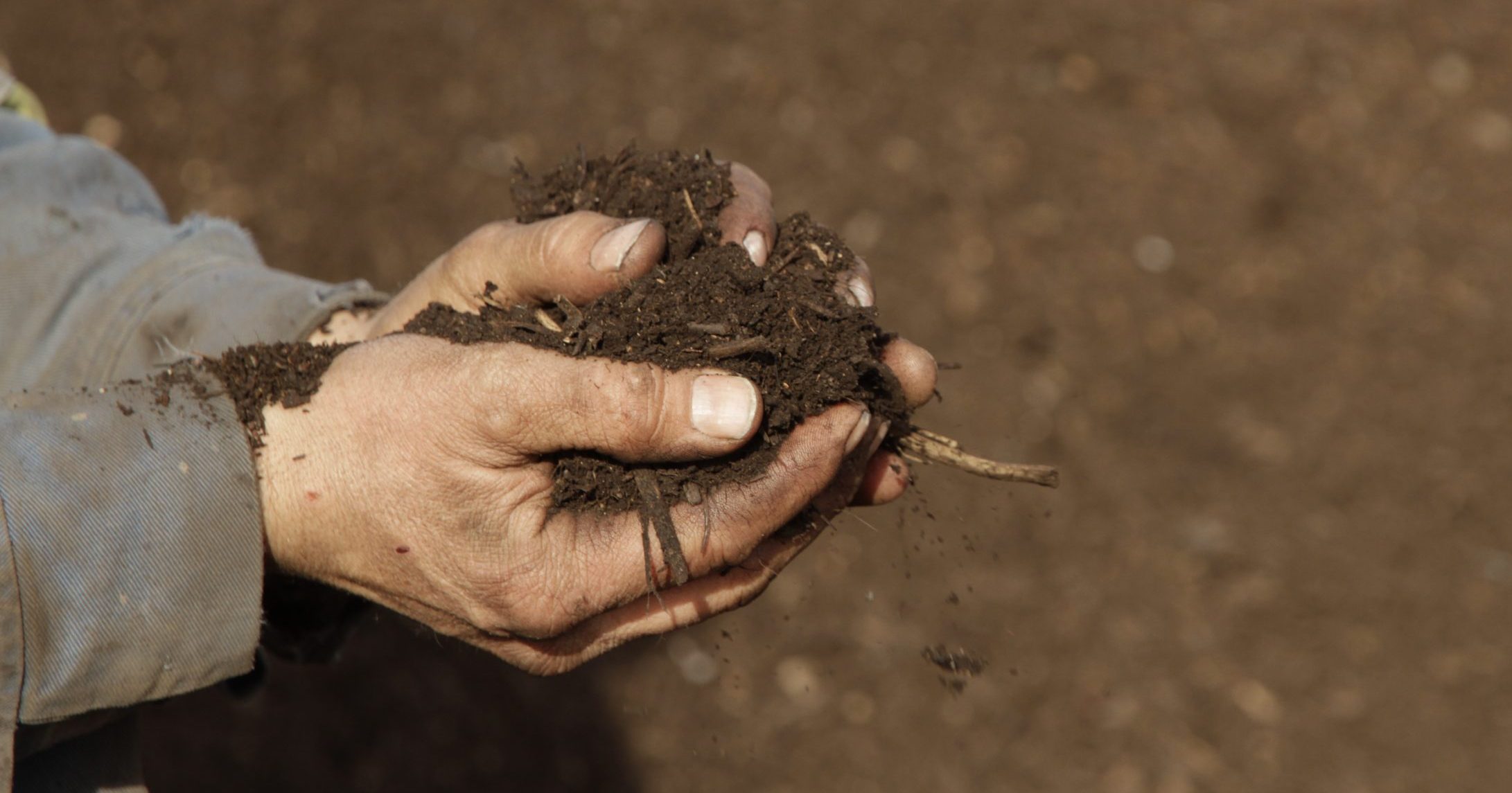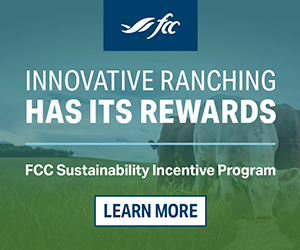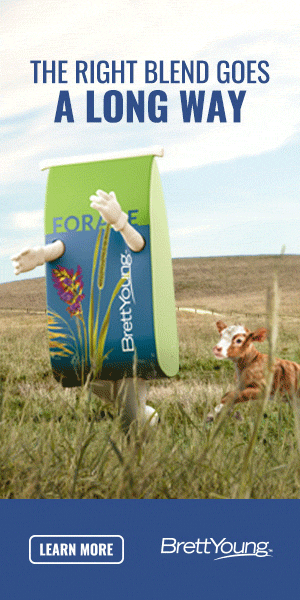AB Direct - Steers
Rail: 500.00 del
AB Direct - Heifers
Rail: 500.00 del
US Trade- Steers
Rail: 360.50 (IA)
US Trade - Heifers
Rail: 360.50 (IA)
Canadian Dollar
0.07

Recycling Council encourages landowners to consider on-farm composting
The Recycling Council of Alberta (RCA) is hoping a new document will make it easier for landowners to consider on-farm composting.
“This is a really cool project,” says Christina Seidel, Executive Director, RCA. “There have been challenges with traditional composting approaches that really look at composting as waste management…and that’s fraught with problems, because when you’re dealing with something as a waste, then…you have to make sure you have a place for that material to go. Whereas, when we look at this project, it’s about how can we actually make a really valuable material, and how can we utilize it where it needs to be used, which in this case is on-farms.”
Stickland Farms
An Introductory Guide to On-Farm Composting is based on a case study of a central Alberta farm that accepts 35,000 tonnes of organic waste per year.

“Stickland Farms have been composting for a number of years now, both with recycling bio-solids from communities, as well as food waste and yard waste,” says John Paul, President, Transform Compost Systems, in On the Cusp. “This material is brought onto the farm. It’s received, piled up, and almost immediately blended with excess wood waste, whenever possible, and set into an aerated static pile.”
After that, says Paul, larger materials are taken out, and the remainder of the material is further cured.
“The finished compost is then placed and used on the fields at Stickland Farms, and they’ve seen some really excellent crop yield results from using the compost.”
Benefits of applying compost
Paul says compost offers nutrients like nitrogen, phosphorous, potassium, calcium, and magnesium.
Managing ag plastics long-term — can product suppliers play a bigger role?
“In addition to that, the organic matter that’s recycled balances the pH of the soil, it increases the water holding capacity, it improves the soil’s disease resistance abilities simply by adding a health community of microbes to the soil. So there’s a whole host of benefits that are there to using the compost, over and above its simple nitrogen, phosphorous, potassium values.”
“Worldwide, we’ve lost almost half of our organic matter in our soils — we need to be recycling as much organic matter as we can,” says Paul.

Paul admits there are challenges to composting, like the potential for odour, non-compostable materials showing up in compost feedstock, and the need for a working surface that works year-round. He suggests visiting other facilities, and learning from operators.
“The benefits of composting extend far beyond the crop field. Composting through the diversion of organic waste from landfills, helps lower greenhouse gas emissions, replenish soils, revitalize water sources, and foster food security.”
Recycling Council of Alberta
“This does take a fair bit of planning, and there are some applicable regulations and legislation in Alberta, surrounding this. So please do get some good advice on how to set up the compost facility to prevent unexpected challenges down the road.”
Beyond the field
Beyond the soil health benefits, composting offers the chance to develop what some industry enthusiasts call a ‘circular bio-economy’ — a system where resources that would otherwise be considered waste are recovered, reused, repaired, and sustainably managed as much as possible.
“It’s an opportunity for farmers to access a resource — a resource…that can partially replace synthetic fertilizers,” says Seidel. “That opportunity is one that we don’t want to ignore, because it’s one that can not just improve the soil, but potentially save money as well and increase yield.”
Seidel also says that a role like this offers the chance to be a bigger part of the community.
“So when farmers take on this kind of role, they really are playing a key function in the community — they can appreciate that and they can feel good about that.”
This summer, the RCA hosted two webinars on the subject of on-farm composting, and they’re both available to watch online. This one features a Q&A with people actively involved in on-farm composting projects. Speakers include: John Paul with Transform Compost; Andrea Stroeve-Sawa, Shipwheel Cattle Feeders; and farmer and composting operator, Colby Hansen. The panel is moderated by Jeannie Bertrand, President of the RCA Board of Directors.
More about the guide
An Introductory Guide to On-Farm Composting provides site layout graphics, technical details, resource suggestions, and some basic cost estimates for setting up a compost facility.
The document was developed with funding from the Canadian Agricultural Partnership (CAP).


